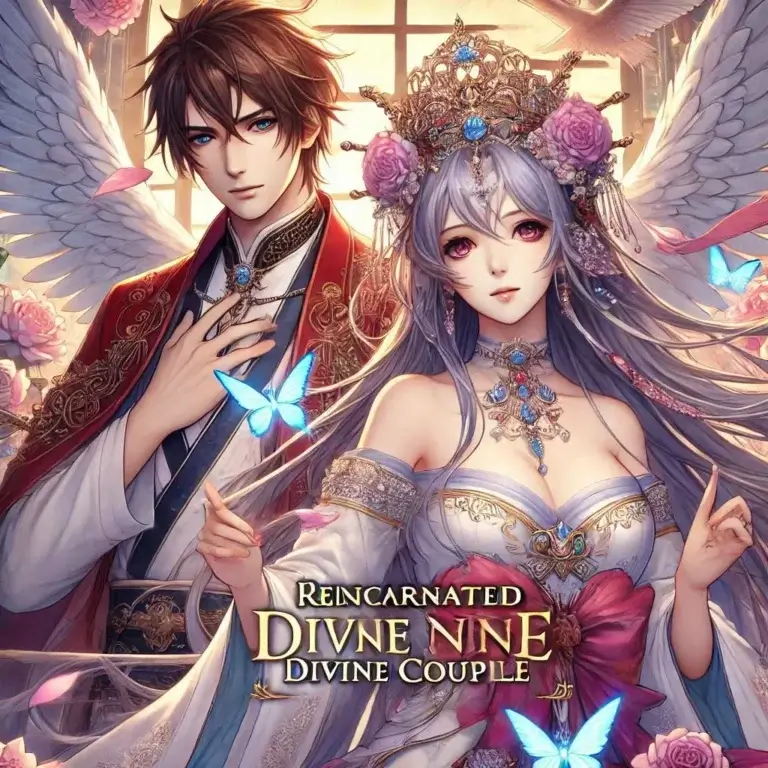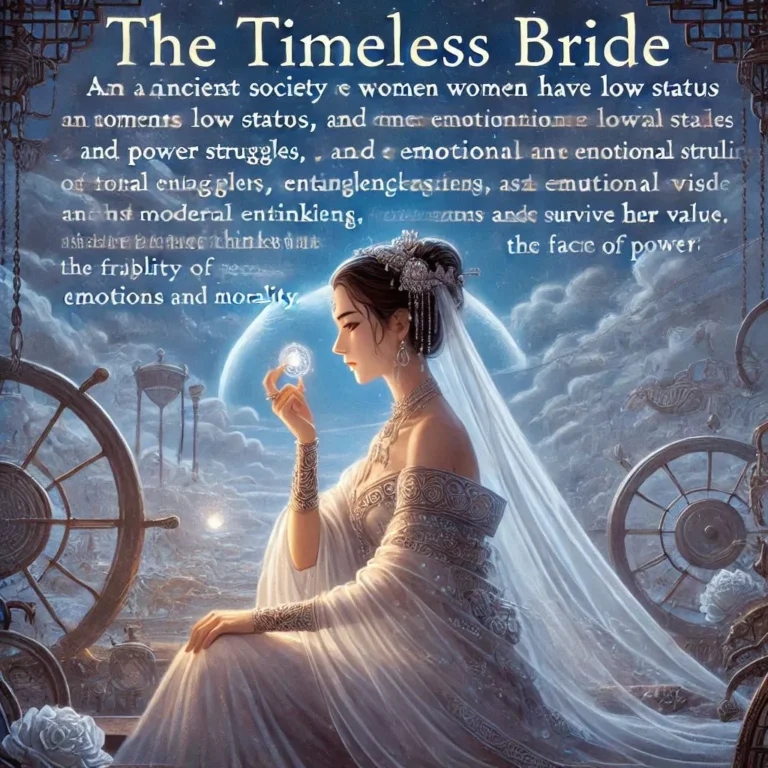A few people were carefully brushing off the sand embedded in the reliefs with small brushes, while others were cleaning the base. The set of reliefs was arranged in two rows, totaling six. The texture of the stone looked quite solid; despite being submerged in seawater for many years, the main subjects of the six images were still easily discernible. The first image perfectly explained why Jenny described it as “very mysterious.” The skill of the carver was high, able to convey what was intended very well, and because it was so understandable, I couldn’t help but let out a low “what is this” upon my first glance. The Mahabalipuram Prophecy (8) In this image, a group of people were prostrating on the ground, their heads raised high, each with wide-open mouths, some in surprise, others in reverence. They were worshipping a figure flying in mid-air. Calling it a figure was somewhat forced; it had no face, no feet below the waist, just a wisp of smoke, with hands that were mere shadows. Ancient Indian deities were often portrayed as extraordinary beings; this one, though enigmatic, was not particularly fierce in comparison. Although the deity’s image was quite mysterious, the overall style of the relief suggested realism, implying that such a scene had indeed occurred before it was carved. The first image represented the beginning, perhaps depicting the deity’s first arrival in this Brahmanic setting. I scrutinized every detail of the scene but found no trace of UFOs or anything resembling a personal flight device on the deity; the scene was reminiscent of some temple carvings depicting Buddhist stories where deities and Buddhas float in the air without support. The impact of the first image kept me staring at it for a long time until I shifted my gaze to the second image, where the deity’s form had changed, assuming the deity in the center of the scene was the same one. The deity now had limbs, though the face remained indistinct. It seemed to be directing people to build houses and move statues, with the figures in the image possessing superhuman strength; several were lifting what looked like a ton of stone, and another stone was floating unsupported in front of the deity. In the third image, only the deity was present, seemingly drawing something on the ground. The fourth image appeared to connect with the previous one; the deity was squatting, still faceless, but giving the impression of deep thought. I noticed that the archaeologists were brushing the areas outside these two images. “Oh, we think there should be four smaller images here, probably as supplements to the third and fourth main images, likely depicting what the deity often drew or thought about, but unfortunately, these smaller carvings are not as deep as the larger ones and are now barely visible,” Jenny said, coming up to me. Indeed, even when I got closer to look, if Jenny hadn’t pointed it out, I would have had trouble distinguishing whether there had been carvings there or if it was just the natural unevenness of the stone. However, upon closer inspection, one of the faint traces seemed somewhat familiar to me. I picked up my digital camera, brought up a close-up I had taken a few days ago—the one I had uploaded online—and started comparing. “What’s the matter?” Jenny asked. “Look, isn’t this the same image?” I asked, pointing at the close-up on the camera’s screen. Jenny squinted and compared it several times, then suddenly slapped my shoulder hard, almost knocking my camera to the ground. “That’s it, you’ve helped us a lot, how did we miss this?” He quickly shouted something to his companions, which I couldn’t quite understand, as he spoke much faster when addressing them. Immediately, two people followed him back, presumably to compare with the images previously thought to be totems. The fifth image was set indoors, with the deity and some people, seemingly in a meeting or discussion. In the sixth image, the deity looked distinctly joyful, with an upwardly curved mouth and squinting eyes for the first time, yet all the people around him looked very sad. What do these images signify? The deity came from the sky, fitting the definition of a god. I had heard that some ancient carvings depicted gods wearing what could be flight devices, even UFOs, but not here. The second image showed the deity helping the locals, which aligns with the logic of a theist or an alien visitor aiding a primitive Earth. But the subsequent images were quite bizarre, indicating the deity was long troubled by something. If the deity stayed in this tribe for over a hundred years, these images might be a summary of the deity’s actions over those years, suggesting an incredibly long period of disturbance. If the sixth image marked the end of this disturbance, had the deity been troubled for over a century? The sadness of the people in the sixth image might relate to what Wei Hou had mentioned: perhaps the deity solved the problem but was about to die, causing the believers’ grief. Also, there was no image related to the tsunami prophecy in these narrative carvings. I was lost in thought looking at the reliefs when Jenny ran back, patting my shoulder again, though much more gently this time. “You’re right, those are the images. This explains why the patterns the deity often drew would be sacred to the believers, akin to totems, naturally incorporated into the animal carvings. To thank you for your help, let me share some new findings from our literature with you.” The Mahabalipuram Prophecy (9) “Oh?” I immediately widened my eyes, looking at him. “Don’t get your hopes up too high, it’s just a small piece of information, from the notes of an ascetic over two thousand years ago. This tribe was called the Moro Tribe, also known as the Thinking Tribe. Legend has it that a god lived here, often discussing with the tribal elders, enlightening their wisdom, so the Moro Tribe produced many sages. The most famous sage, during the time Buddha Shakyamuni was practicing, had discussions with him, giving Buddha many insights. It’s said the god was always pondering the secrets of the world, eventually deciphering them and leaving.” The secrets of the world? I tapped my head, recalling that prophecy.

ReadingWorms
"Unlock the joy of reading—discover, explore, and grow with ReadingWorms!"

ReadingWorms
"Unlock the joy of reading—discover, explore, and grow with ReadingWorms!"


